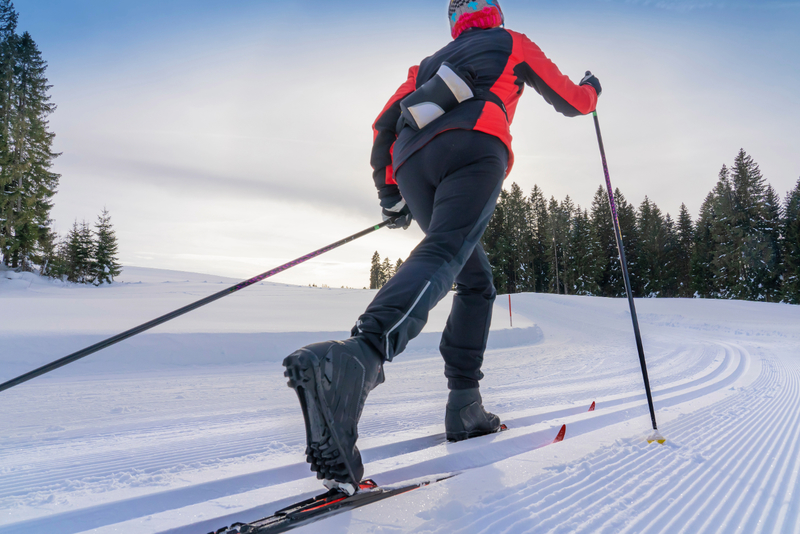News
Fitness Tips for Women as You Age with Kristyn Spillane

Kristyn Spillane, PT, DPT, SCS, CSCS is a Physical Therapist at Howard Head Sports Medicine. At the Autumn Radiance Women's Wellness event, Kristyn discussed bone health, muscle loss and the health benefits of fitness for women as you age. Below are some key points from her discussion.
Exercise benefits individuals physically, mentally, socially and societally. There are many ways to meet recommended fitness goals, but most experts recommend a combination of cardio, strength training and balance work each week to keep you healthy, happy and mobile.
Cardiovascular Fitness
How much cardio should you be doing? The minimum recommendation is 75 minutes per week at 60-75% of your Heart Rate (HR) max.- To calculate your HR max, subtract 220 beats per minute (bpm) from your age.
- Example: 40 year old female = 220 bpm - 40 = 180 bpm HR max
- To calculate your HR target, multiple your HR max by your effort
- Example: same woman at 70% effort = 180 bpm x .70 = 126 bpm (HR target)
- With the examples above, a 40 year old female should spend 75 minutes per week training at 126 bpm.
- Some ideas for target heart rate cardio activities are: walking, water aerobics, running, swimming, paddle boarding, hiking, biking, skiing, cross country skiing, snowshoeing, etc.
Strength Training
How much should you be strength training? The minimum recommendation is two to three 30-minute sessions at 60% effort per week.- You can calculate effort by your one rep max for a specific weight or movement. Or estimate it by how challenged you feel in your last few reps of a set. At 60%, your breathing should be getting heavier, but you should still be able to hold a short conversation.
- The key to strength training is maintaining a lifting tempo (slow and steady) with every repetition.
- Strength training activities incorporate body weight movements like squats, lunges, push-ups, planks and stairs, free weight movements with dumbbells, kettlebells or barbells, and/or machine movements with equipment can be found at most commercial gyms.
Balance
Balance work is important to incorporate into your daily routine. Yoga, Tai-Chi, BOSU ball exercises and wobble board work are all great ways to work on your balance. Try working single leg balance, tandem stance (standing with one foot directly in front of the other, as if on a balance beam), and high knee marches into your workouts.Take Homes
Each week try to:- Complete 75 minutes of moderate cardio.
- Complete 60-90 minutes of strength training at 60% effort.
- Incorporate balance movements every day.
More News
-
More

Cass Barham and Sarah Crabtree Honored As Recipients of Vail Health Elevate Award
Cass Barham and Sarah Crabtree, both lab techs at Vail Health Hospital, have been named recipients of the Vail Health Elevate Award. Vail Health created the Elevate Award in June 2022 to give patients and their families an opportunity to nominate and thank employees who have touched their lives in some way.
-
More

What Are the Benefits of Forest Bathing?
The smell of the pine trees. The sounds of birds chirping far off in the distance. The feeling of a cool breeze across skin. The sight of water cascading over a rock. Fully tuning into your senses in nature ignites a deeper awareness and an otherworldly sense of belonging, eliciting a feeling of being connected to something bigger than yourself.
-
More

Myth Busters: Allergy Edition
As a board certified allergist/immunologist practicing for nearly 13 years, I often hear the same questions and concerns from patients. Allergies affect so many of us, whether we’re sniffling and sneezing or worrying about a child's food reaction. But there's a lot of misinformation out there that can make managing allergies confusing and even scary.
